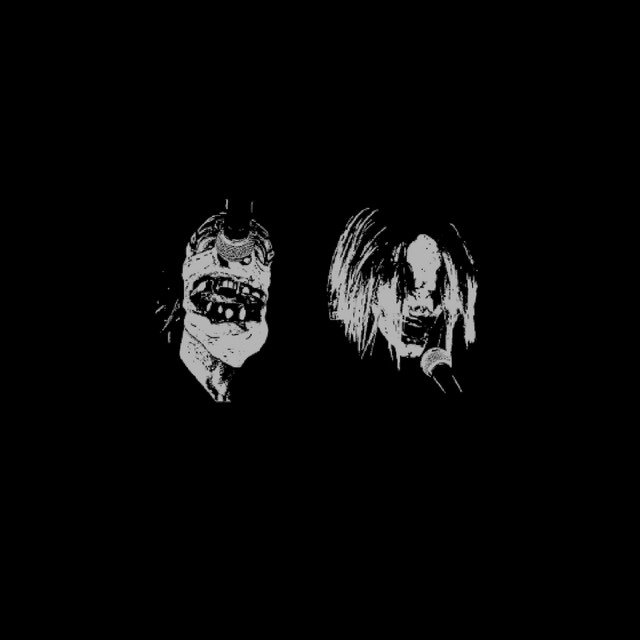The Impact of Clown C0re
I recently watched a video by Justin Hawkins about Clown Core and felt compelled to explore my thoughts on the mysterious music duo. Hawkins quotes Celia Woitas writing for Metal Hammer, describing Clown Core’s music as “far removed from any music genre” (2018). Hawkins explains that he believes it’s not an absence of genre. Still, a combination of several quotes Mick R. of New Noise Magazine’s statement that “Clown Core simply defies categorisation” (2020). Hawkins jokes that it must be hard to write about a group or music removed from the known spectrum of genre convention. I want to delve deeper into Clown Core, discuss Hawkins’ when Hawkins critiques of the journalism surrounding the duo, and finally provide my thoughts on this more holistic way of understanding the music.
For those of you that are uninitiated to Clown Core, they’re a multi-instrumental duo; a drummer/keyboardist and a saxophonist/keyboardist, who came onto my radar after Adult Swim showcased their music video for “Hell”. Clown Core uses a mix of musical styles, swapping tempos and instrumentation, sometimes in rapid succession, to develop a sound unlike any other. I believe it’s within these swaps and changes that you find meaning.
As Hawkins alludes, Clown Core isn’t so much removed from a genre but a fusion of several, the main two being black metal and smooth jazz. This contrast will play a significant role in the group’s approach to songwriting. I think Clown Core use genre to satirise musicians and the fanaticism that comes with them. They use jazz, a style of music synonymous with musical greats, various competitions, and high artistical merit, and choose to use the elements that are the most watered, ‘music in the bathroom of your local town centre restaurant’. They reduce it to its most basic form. Now combine that with the genre that probably takes itself incredibly seriously, at least it did, of black metal. It is a genre rife with controversy, including fascism and murder. As a genre, it bubbled underground in Norway, where the practitioners took the craft seriously and their message even more. Clown Core takes extremist music and boils it down to a checklist of genre conventions, using blast beats and pitched screams as the key elements to convey their message.
Pictured below is the painting ‘Stanczyk during a ball at the court of queen bona in the face of the loss of the Smolensk’, aka The Sad Clown, painted by Jan Matejko in 1862. The painting depicts the forlorn clown Stanczyk, a polish icon of the day that was said to intertwine entertainment, music and social commentary into his performances at these grand balls. I believe clowning has had a long tradition with social commentary, talking truth to power and satirising of the bourgeoise, traditions continued by stand-ups and other comedy figures today. I think it’s pretty easy to trace the lineage from there to Clown Core, as they also offer up social commentary—their focus is musical elitism.
‘Stanczyk during a ball at the court of queen bona in the face of the loss of the Smolensk’, by Jan Matejko (1862).
Ultimately, I think Clown Core positions itself as ‘removed from genre’ by taking up multiple at a time, bastardising and twisting notions of the musical convention to highlight the frivolity of the pseudo-intellectual, self-serious types that are associated with some genres. Clowncore pushes new experimental arrangement techniques and instrumentation as a joke, hence the “Clown” in their name. In my opinion, the duo almost embodies characterisation, situating themselves as provocateurs allowing the concept to be more important than the music presented at any given moment.
Furthermore, I think clown core could become a well-established genre, perhaps expanding to classical reggae, acoustic drum and bass, and maybe even ironic evangelical hip-hop. At its core, it also incorporates excellent musicianship with a sharp sense of humour and has a splash of notable anti-establishment attitudes.
Clown C0re - 1234

